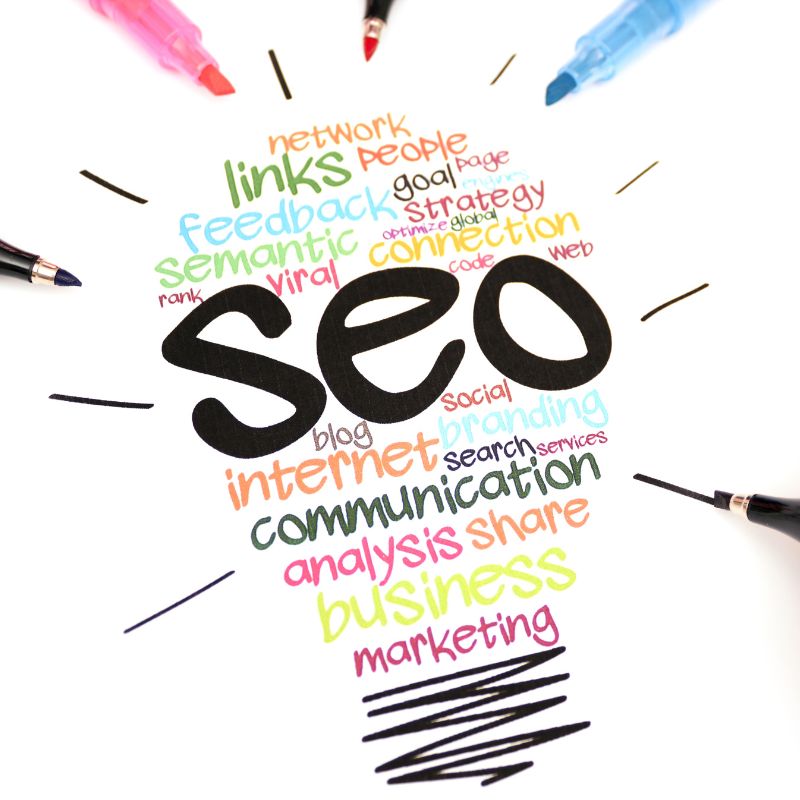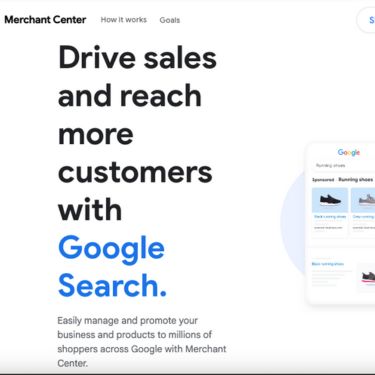There is something powerful about holding a beautifully designed piece of marketing in your hands. Print isn’t dead, it’s thriving in ways that digital alone simply can’t replicate. When used strategically, print marketing doesn’t just complement your online efforts; it elevates your entire brand presence. Whether it’s a postcard arriving in the mail, a guide someone saves for reference, or a billboard they pass every day, print offers unmatched opportunities for connection, recognition, and trust. Let’s dive into how your business can leverage print the right way and why it should be an essential part of your marketing strategy.
We You Will Learn:
Creating Lasting Impressions with Print
While digital advertising dominates many conversations today, print marketing remains a trusted and powerful tool. It provides something digital simply cannot, a tangible connection to your brand. Physical materials like flyers, postcards, and brochures are not just advertising; they’re reminders that sit on desks, refrigerators, and counters, building brand familiarity over time.
Print marketing also casts a wider net, reaching audiences that digital platforms sometimes miss, such as older demographics or those less engaged online. Studies back this up:
82% of consumers trust print ads when making purchasing decisions, and 80% find print easier to read than digital.
Unlike screens that cause fatigue and distractions, print helps readers focus and absorb your message more deeply. Most importantly, print has a longer shelf life. A digital ad disappears in a scroll; a well-placed brochure or postcard can stay visible for weeks or months.
There’s also a psychological principle called the “Rule of 7,” the idea that a prospect must see or hear your marketing message at least seven times before acting. Print helps you achieve those critical touchpoints in ways that digital alone often cannot.
Types of Print Marketing to Use and Their Value
Print marketing offers a wide variety of tools to help you connect with your audience in meaningful ways. Each type of printed piece serves a different purpose in your overall strategy.
Flyers are ideal for promoting sales, special events, or new services. They offer a quick, impactful way to grab attention and deliver key information in a single glance.
Educational guides, whether printed or downloadable, position your business as a trusted expert. By providing genuinely helpful information, you stay top-of-mind when customers are ready to make a decision.
Postcards are perfect for reminders, promotions, or holiday greetings. Their small format makes them inexpensive to mail, and their concise messaging gets noticed quickly.
Welcome basket coupons are an excellent way to introduce your brand to new residents or customers. Including an exclusive offer along with other local helps generate early engagement and builds loyalty from the start.
Yard signs are highly effective for businesses that rely on local visibility, such as contractors, real estate agents, or event organizers. They turn physical spaces into ongoing marketing opportunities.
Swag items like branded pens, tote bags, or notepads extend your brand’s visibility far beyond the initial interaction. Useful, high-quality swag keeps your business in a customer’s daily life.
Billboards create massive visibility for your brand in high-traffic areas. They’re particularly effective for building broad awareness over time and reinforcing a simple, strong message.
Brochures allow you to dive deeper into your services or products, giving prospects detailed information they can hold onto and review when making decisions.
Door hangers offer a highly targeted way to reach residential neighborhoods. They are especially effective for local service-based businesses looking to build familiarity in a community.
Newsletters, when mailed, serve to nurture existing customer relationships by providing updates, helpful tips, and ongoing promotions in a personal, tangible format.
Posters and banners grab attention quickly at events, storefronts, or community centers. Their size and visual impact make them ideal for promoting major campaigns or upcoming launches.
Thank you cards offer a powerful personal touch. Taking the time to send a handwritten or customized thank you note builds deep customer loyalty and leaves a lasting positive impression.

Why Brand Guidelines Are Non-Negotiable for Print Success
Before you design a single flyer or send anything to the printer, make sure you have a rock-solid set of brand guidelines in place. Brand guidelines are not “nice to have” they are absolutely essential. Without them, you risk sending confusing or conflicting messages that weaken your brand instead of strengthening it.
Your brand guidelines should clearly define your logo usage, brand colors (with Pantone, CMYK, and RGB values for perfect printing), approved fonts, tone of voice, and style for images and graphics. Every printed piece should look and feel like it came from the same family. If you don’t have brand guidelines, it’s best to pause and create them before you invest a dollar in print.
How to Track Print Campaigns Effectively
One reason businesses hesitate to invest in print marketing is the misconception that it’s impossible to track. In reality, modern tools make it very easy, Craigeif you plan ahead.
One of the simplest and most effective methods is using QR codes. By linking a QR code to a custom landing page built specifically for the ad campaign, you can track exactly how many people interacted with your print piece. Make sure you never link a QR code to your homepage. Instead, create a focused, campaign-specific landing page that speaks directly to the offer or message on your flyer or postcard. Tools like Google Campaign URL Builder, Bitly, and others make setting up trackable links quick and easy.
Call tracking is another smart step. Assign unique phone numbers to different campaigns using services like CallRail or WhatConverts, allowing you to trace phone leads back to the specific mailer or ad they came from. With these systems in place, you can clearly measure ROI and make data-driven decisions for future print efforts.
Consistency Is Critical in Print Marketing
If you’re hoping to send one postcard and see your phones light up, it’s time to rethink your strategy. Successful print marketing depends on consistency and repetition. The Rule of 7 applies strongly here. A customer needs to see your brand or offer multiple times before they seriously consider buying. That’s why a sustained print campaign—running consistently over six months to a year—is critical. Particularly in industries with longer buying cycles, like home remodeling or real estate, patience and repetition win the game. Sending regular, thoughtful print pieces ensures that when your prospect is ready to act, your brand is the one they remember.
Smart Design Tips for High-Impact Print Materials
Design plays a huge role in the success of any printed piece. One effective framework to use when writing headlines for print is the 4 U’s Formula: headlines should be Useful, Urgent, Unique, and Ultra-specific. A strong headline captures attention quickly and compels the reader to keep engaging with your content.
Another design must is using white space effectively. White space isn’t wasted space, it’s breathing room for your message. A cluttered flyer or brochure feels overwhelming and unprofessional. Clean, open layouts direct the reader’s eye to the key points and make your brand look more polished.
Finally, always prioritize key information: your main message, call to action, and contact details should jump off the page without making the reader search for them.
Common Mistakes to Avoid with Print Materials
Even the best print ideas can fall flat if you miss a few critical details. Before you hit print, watch out for these common pitfalls that could cost you time, money, and credibility:
- Failing to check printer templates for bleed lines, safe zones, and postage placement.
- Overstuffing your design with too much text or too many images.
- Using flimsy, low-quality paper that cheapens your brand image.
- Quitting after one print attempt without enough exposure to measure effectiveness.
- Skipping thorough proofreading: errors undermine trust instantly.
- Forgetting to include a clear call to action that tells the customer exactly what to do next.
Other Common Errors Include:
- Inconsistent branding that confuses the audience.
- Targeting the wrong demographic with the wrong message.
- Expecting results without proper tracking in place.
Avoiding these mistakes ensures your investment in print will yield much better returns.
Print marketing isn’t a one-and-done effort, it’s a commitment to building real, lasting relationships with your audience. When you pair strong brand guidelines with smart design, strategic tracking, and consistent delivery, print materials become a powerful driver of brand growth and customer loyalty. Whether you’re just starting out or looking to sharpen your current efforts, remember: the businesses that blend print and digital thoughtfully are the ones that stand out. Invest wisely, plan for the long game, and watch your brand make an impact that’s impossible to scroll past.
Looking to create more print material? Contact us for a quote!



